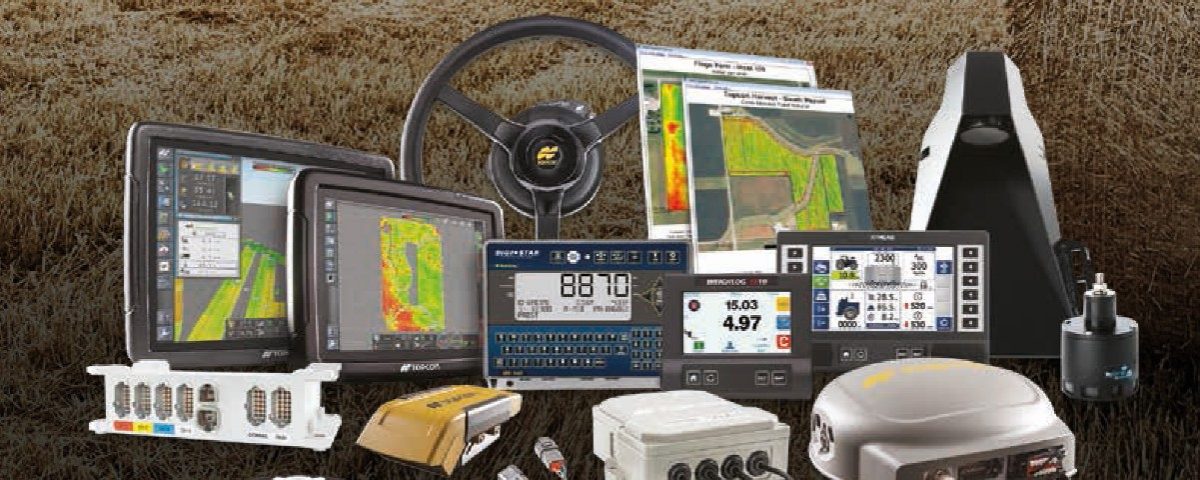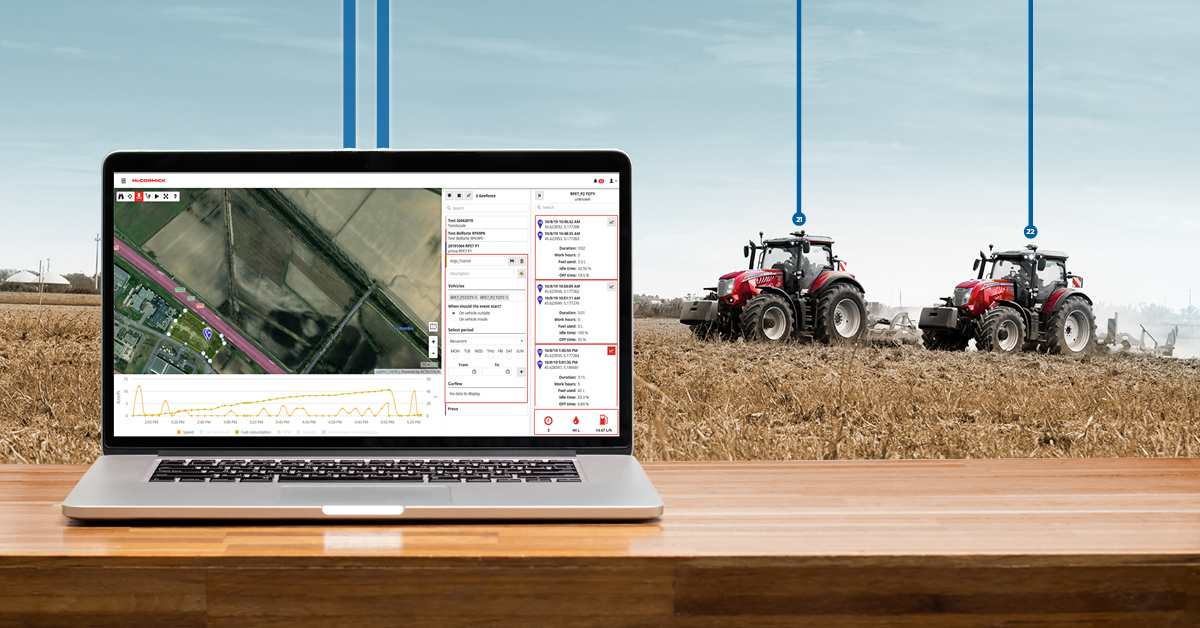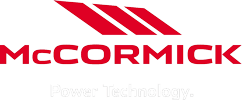Precision farming: what is it and what benefits does it offer?

Index of contents
In recent years we have heard a great deal about precision farming, a subject that greatly concerns us. But what does the term precision farming actually mean? Why does it seem to be so important and what tangible advantages does it offer farmers?
Let’s take a look at how precision farming will change – and is already changing – the agricultural world, what technologies and tools it provides and the incentives that enterprises can access.
What is precision farming?
The term precision farming means a series of strategies and tools that allow farmers to optimise and increase soil quality and productivity putting in place a series of targeted key interventions, a result that can be accomplished thanks to the introduction of increasingly advanced technologies.
It is referred to as “precision” because thanks to the state-of-the-art tools used, it is possible to perform the right intervention, in the right place, at the right time, responding to the specific demands of individual crops and individual areas of land with superior levels of precision.
Technologies are used, first and foremost, to collect the data and information required to make decisions on how to boost production and secondly to put in place the necessary corrective actions to achieve this goal.
Nowadays there is increasing talk about Agriculture 4.0, which is the evolution of the precision farming concept: this term refers to all the tools and strategies that use cutting-edge technologies in an interconnected manner starting with the use of data to improve and optimise production
The advantages of precision farming
Producing more with fewer resources whilst maintaining superior quality standards: this is the ultimate goal of precision farming.
This type of approach generates a two-fold advantage:
- for farming enterprises, which can optimise efforts and resources, reduce consumption and waste, and boost land productivity. The work also becomes more profitable for farmers and contractors as the processes are managed more quickly and effectively leading to a drop in hourly costs. Last but not least, they boost performance while reducing human resource fatigue
- for the environment, given that there is a reduction in waste of fertilisers and herbicides, emissions and soil compaction thanks to a more rational use of resources
It is essential to remember that precision farming is a practice that is becoming increasingly urgent because of the worldwide increase in food demands, following the exponential increase in the population we have witnessed in recent decades: the number of people who will require food in 2050 is estimated at nine billion.
The increase in the production of food is therefore a key priority without, however, generating an increase in the exploitation of vital resources such as water and fertiliser. It is also essential to achieve these results without compromising the physical and chemical qualities of the soil: this is the only way to implement a sustainable food production model.
Precision farming tools and technologies
There are many tools available to precision farming, yet none of them can replace the professional experience of those working in the farming sector, as all of them provide valuable support to boost performance and results.
Some of the more popular instruments include semi-automated steered vehicles and variable dosage rates, but there are many more solutions that are constantly evolving. Cutting-edge technologies use integrated frameworks to collect data and put in place a series of actions to boost productivity: let’s take a look at the main ones involved.
Data collection tools
Monitoring the health status of crops requires a huge effort, especially when they extend over very large areas. Production in fields is hardly ever homogeneous, some areas are far more productive than others. This can depend on the different quality of soil, the presence of parasites and fungi or irrigation problems: it is vital to be able to identify these causes in a timely manner, in order to remedy all and any situations that reduce productivity.
Satellite crop monitoring
Satellite crop monitoring is a tool that allows farmers to constantly monitor the health of their fields thanks to a multi-spectral imagery analysis of high-resolution satellite images and also promptly trigger any alarm bells.
This is possible because the satellites are able to detect certain wavelengths of electromagnetic emissions such as visible and near infrared (NIR) bands. In practice, they have the ability to “photograph” sunlight reflected by the plants and soil to produce a sort of field imagery, providing information on key aspects such as vegetative development, humidity and temperature of the soil.
Among the most significant data is the health of the plants, which is measured with parameters such as the Normalized Difference Vegetation Index (NDVI), which helps to identify plants that are photosynthetically active and therefore healthy. Another useful parameter is the Normalized Difference Moisture Index (NDMI), which identifies the water stress of the plants by reading the moisture rate.
Internet of Things: sensors and drones
An alternative solution, which does not involve the use of satellites, is agricultural drones. Nowadays they are mainly used for land mapping, but the most advanced versions adopt infrared sensors and imagery systems to detect problems that cannot be detected by the naked eye, just as satellites do.
Another important instrument for precision agriculture, which does not involve any intervention from above, are the environmental sensors installed in the fields, capable of recording climatic data and information on soil water requirements. Unlike the monitoring performed with satellites and drones, which are particularly useful for large areas of land, the advantage of the sensors is that they can also be used in enclosed spaces such as greenhouses and nurseries.
Thanks to all this data collected by satellites, drones, and sensors, it is possible to generate interactive maps that photograph the health state of the field and highlight any disparities between individual areas of crops clearly and swiftly; this also allows anomalies to be discovered and report the need for any specific interventions.
There are many causes for the criticalities in these areas: nutritional deficiencies, irrigation problems, localised parasitic attacks, damage due to hail or frost. To detect the reason for decreased vigour, it is necessary to conduct a field analysis which will be exceptionally well targeted thanks to all the information available.
Once the causes of the different yields in these areas have been identified, it will be possible to put in place targeted actions, depending on the problem, to plant seeds or spread variable rate fertilisers, or increase irrigation in certain areas, or adopt the use of phyto-pharmaceuticals where necessary.
In the medium to long term, the information on criticalities that repeat themselves each year, allows farm enterprises to plan structural investments, such as irrigation management or soil interventions much more efficiently.
The advantage of crop monitoring systems is that they allow farmers to accomplish constant control over even very large areas or even fields that are very far apart from each other, by setting a series of automated interventions (for example, to receive notifications when a given event occurs) that allow them to intervene in a timely manner, immediately identifying stress factors that are otherwise difficult to recognise. Without forgetting that, in addition to highlighting problem areas, constant monitoring allows farmers to verify the results of corrective actions put in place over time.
Field intervention tools
Collecting data is the initial key pillar for precision farming and is used to understand where to intervene in a timely manner. The next step consists in the effective on-field interventions, and the new technologies provide essential support in this step too; let’s look at the main ones:
Variable rate: differentiated spreading of fertiliser and plant protection products
Precision farming technologies also include equipment capable of dosing fertilisers and plant protection products in a differentiated manner on the field, according to the requirements of the crops. In this way it becomes possible to intervene in the right place and with the amount of resources strictly necessary, optimising consumptions and avoiding waste.
Variable rate technology requires accurate data on the actual requirements of each area of such crops. Variable rate technology is based on 2 different modes to obtain this information:
- sensors that record data in real time relating to the health status of the crops, chemical-physical characteristics of the soil which will be used to manage the operations
- prescriptive maps based on the previously collected data using imagery systems which are able to provide instructions to the machine concerning the distribution of the products. This second system also provides for the use of satellite geolocating technologies, which can identify the position of the machine in the field, and indicate the amount of the product to be distributed at any precise moment
Precision steering and automated driving systems for tractors and agricultural machinery
The satellite steering and driving systems for tractors are some of the most renowned technologies in precision farming. These systems can improve work efficiency and boost productivity, reducing production costs, whilst saving time and fuel.
Thanks to a GPS or GLONASS satellite receiver, it is possible to geolocalise agricultural machinery inside the fields. This prevents overlapping or by-passing of the consecutive steps in the spreading of fertilisers and plant protectors, with evident advantages. If untreated areas may witness decreases in production or pathogen agent attacks, overlapping increases consumption and costs. Moreover, it is possible to replicate data in subsequent applications, which will become easier and faster to manage.
Thanks to the prescriptive maps or sensors it is possible to adjust the variable rate distribution of products in real time, as we have seen above.
There are various types of precision guidance and steering systems available, from the simple guidance bar systems to the more advanced precision guidance and semi-automated driving systems:
- the guidance bar systems provide information to the driver via a monitor, to visually trace the most effective route and to report deviations from the set route, giving the operator the possibility to correct the route and carry out parallel passages
- precision steering includes the installation of a motorised actuator that acts directly on the steering wheel to adjust the trajectory. This reduces the effort of driving the tractor so that the operator is free to focus on other aspects of the job such as controlling the equipment
- semi-automated driving controls the steering of the vehicle by intervening on the steering column or directly on the hydraulic system, thanks to state-of-the-art automated manoeuvring systems, the operator can still take control at any moment in time
The advantages of these instruments? Faster and more accurate processing, reduced waste, and less stress for the operator who can pay more attention to other aspects of the job, such as controlling the equipment.
To bring you the best solutions the market has to offer, we at McCormick chose to rely on Topcon, a standard-setting player in the field of precision farming with an intuitive interface, quick and easy to use.

Remote management and diagnostics of the tractor fleet
One of the most advanced solutions to maximise productivity is the remote fleet management and diagnostic tools.
Fleet Management tools allow users to conveniently monitor a large amount of information from their office PC monitor such as travel, consumption, daily and monthly work.
Thanks to the use of geolocating systems and software to collect and process the information, the tractors and equipment are able to transmit a large amount of data, providing indications used to draw up forecasts for future processing, aimed at optimising costs and yields.
The information is exceptionally accurate: speed, engine rpm, work progress, hourly consumption, average consumption, and a variety of other data. In addition, it is also possible to outline the field areas very accurately and store the data relating to machine operations for the next passages.
Another key aspect is the possibility to carry out a real-time check-up on the health of the tractor, thanks to the remote maintenance and diagnostics functions, which allow the support service to intervene quickly and precisely, extending the working life of tractors whilst improving the performance of the fleet.
To guarantee these benefits to McCormick customers, from 2021 onwards, all high-power tractors that leave our factories will already be designed to work with remote management and diagnostics tools. Discover all the advantages of the McCormick Fleet Management systems.
Isobus protocol: a universal language at the service of precision agriculture
To exploit all possibilities offered by precision farming technologies to the full, it is vital for the various agricultural machinery to be able to ‘communicate’ with each other. In order to solve the problems of compatibility between the various instruments, we have designed the Isobus protocol, a universal language that enables communication between tractors, software and equipment, even those from different manufacturers.
One single control display integrated inside the tractor cabin is used to control all the machinery and equipment which are part of an interconnected system.
This makes it possible to control Isobus certified equipment, effectively use automation systems and integrate all of the same with satellite precision systems, variable rate distribution of products, through to remote fleet management and tractor diagnostics systems.
Future prospects of precision farming
Some of the most recently completed technologies currently available and under development are the state-of-the-art robots applied to agriculture, capable of managing crops more and more accurately with the possibility of collecting data on the state of health of the soil, automated seeding and harvesting, thanks to sensors that are able to detect the maturity of agricultural products and grippers which are able to handle fruits and vegetables without damaging them.
McCormick at the service of the latest farming challenges
The way we practice agriculture is currently changing: precision farming innovations now make it possible to produce more with less. McCormick tractors are always abreast of the times to deliver you the tools that best suit your demands. Many innovative solutions are already available on our tractors: contact our dealers now to find out how we can help you improve your work.
